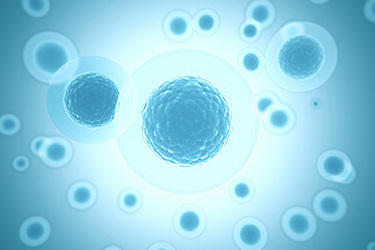Cellular Scaffolding And Modern Tissue Engineering

Since the beginning of biomedical science, one of researchers' primary goals has been figuring out how to progress cell culturing from growing cells to growing the tissues composed of these cells to growing the organs composed of these tissues. One of the biggest breakthroughs in this process has been the use of cellular scaffolding to provide a structure on which growth can proceed in an organized fashion.
Recent years have seen the emergence of a wide variety of non-scaffold-based approaches to 3D cell culturing and tissue engineering that offer benefits over — but also limitations not found in — scaffold-based alternatives. Some applications favor the scaffold-based approach; others are best-suited for a scaffold-free platform. Knowing the differences is crucial to saving time and money and avoiding the frustration of rerunning failed trials.
Over time, the hope is to create such a wide variety of highly specific growth analogues that virtually any biological condition can be recreated through a piecemeal recreation of each cell and tissue type that hierarchically governs in vivo cellular function.
Get unlimited access to:
Enter your credentials below to log in. Not yet a member of Bioprocess Online? Subscribe today.
